Ubisoft, the developer behind popular games like Assassin’s Creed and Far Cry, announced that it’s using an AI “Ghostwriter” tool to write dialogue for some of its games with the aim of keeping NPCs (non-playable characters) individually interesting and realistic with less manual work.
The company says the tool isn’t replacing video game writers, but instead will alleviate the task of writing barks, which are phrases or sounds made by NPCs during a triggered event. Ghostwriter generates first drafts of barks in order to give scriptwriters more time to focus on the general narrative.
“Crowd chatter and barks are central features of player immersion in games – NPCs speaking to each other, enemy dialogue during combat, or an exchange triggered when entering an area all provide a more realistic world experience and make the player feel like the game around them exists outside of their actions,” Ubisoft wrote in a blog post.
“However, both require time and creative effort from scriptwriters that could be spent on other core plot items. Ghostwriter frees up that time, but still allows the scriptwriters a degree of creative control.”
The process starts with scriptwriters first creating a character and a type of interaction or utterance they would like to generate. Ghostwriter then generates variations that the scriptwriter can choose from and edit to fit their needs. The process uses pairwise comparison as a method of evaluation and improvement, which means that for each variation generated, the tool provides two choices which will be compared and chosen by the scriptwriter. Once one is selected, the tool learns from the preferred choice. The idea is that after thousands of selections are made by scriptwriters, the tool will become more effective and accurate.
Ben Swanson, the R&D scientist at Ubisoft who created Ghostwriter, says technology like Ghostwriter requires scriptwriters to learn how to not only use the tool, but also integrate it in their video game production process. Swanson and his team’s goal is to give this AI power to narrative designers, who will be able to eventually create their own AI system tailored to their own design needs. To do this, the production created a tool called Ernestine that facilitates anyone to create their own machine learning models used in Ghostwriter.
It’s worth noting that following Ubisoft’s announcement, some game developers took to social media calling for the company to invest in human writers instead. Ubisoft responded to criticism in a tweet, noting that the tool was created in collaboration with writers and is simply about creating more variations for short lines given to NPCs.
Ubisoft’s new AI tool automatically generates dialogue for non-playable game characters by Aisha Malik originally published on TechCrunch
Powered by WPeMatico


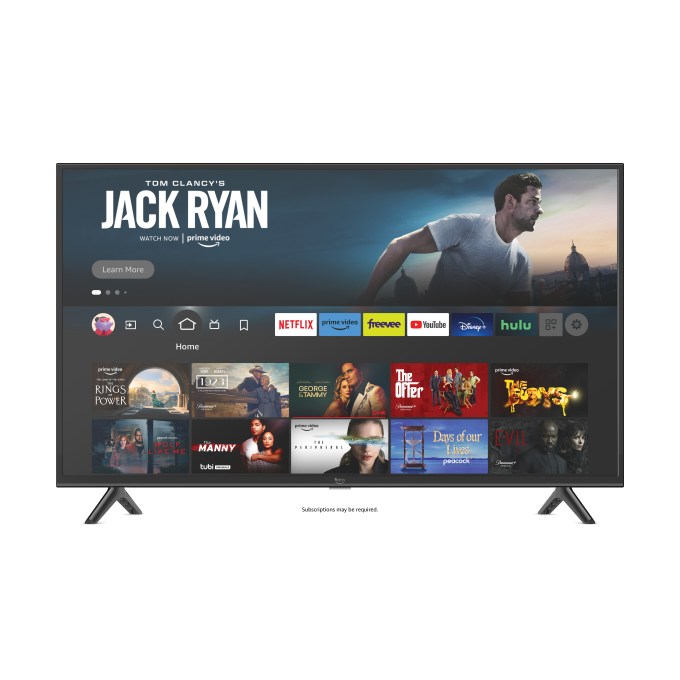
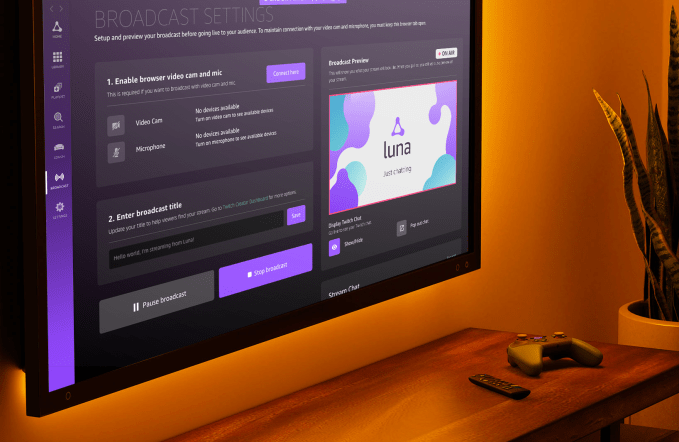


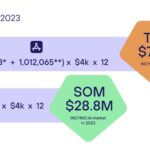
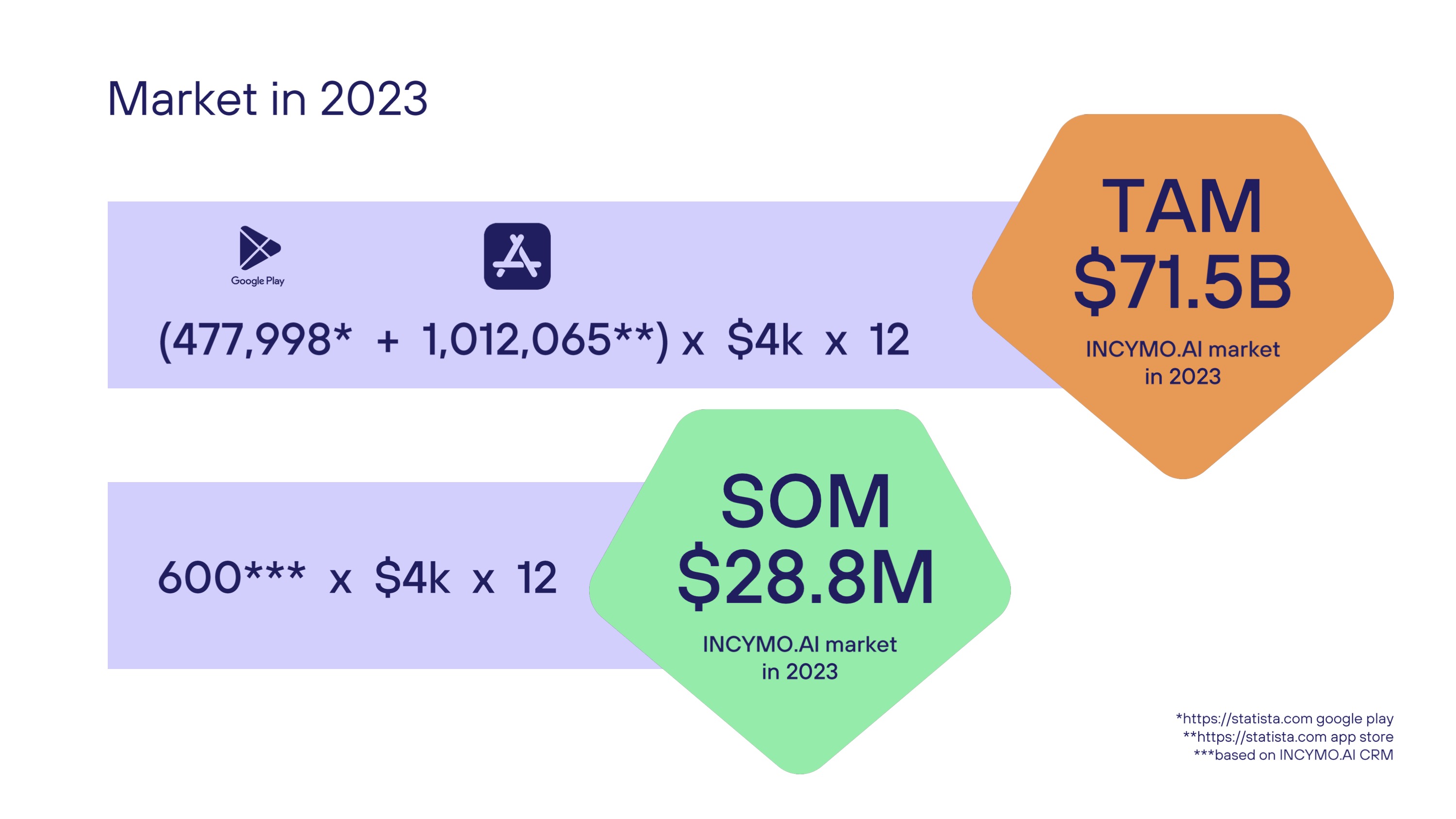
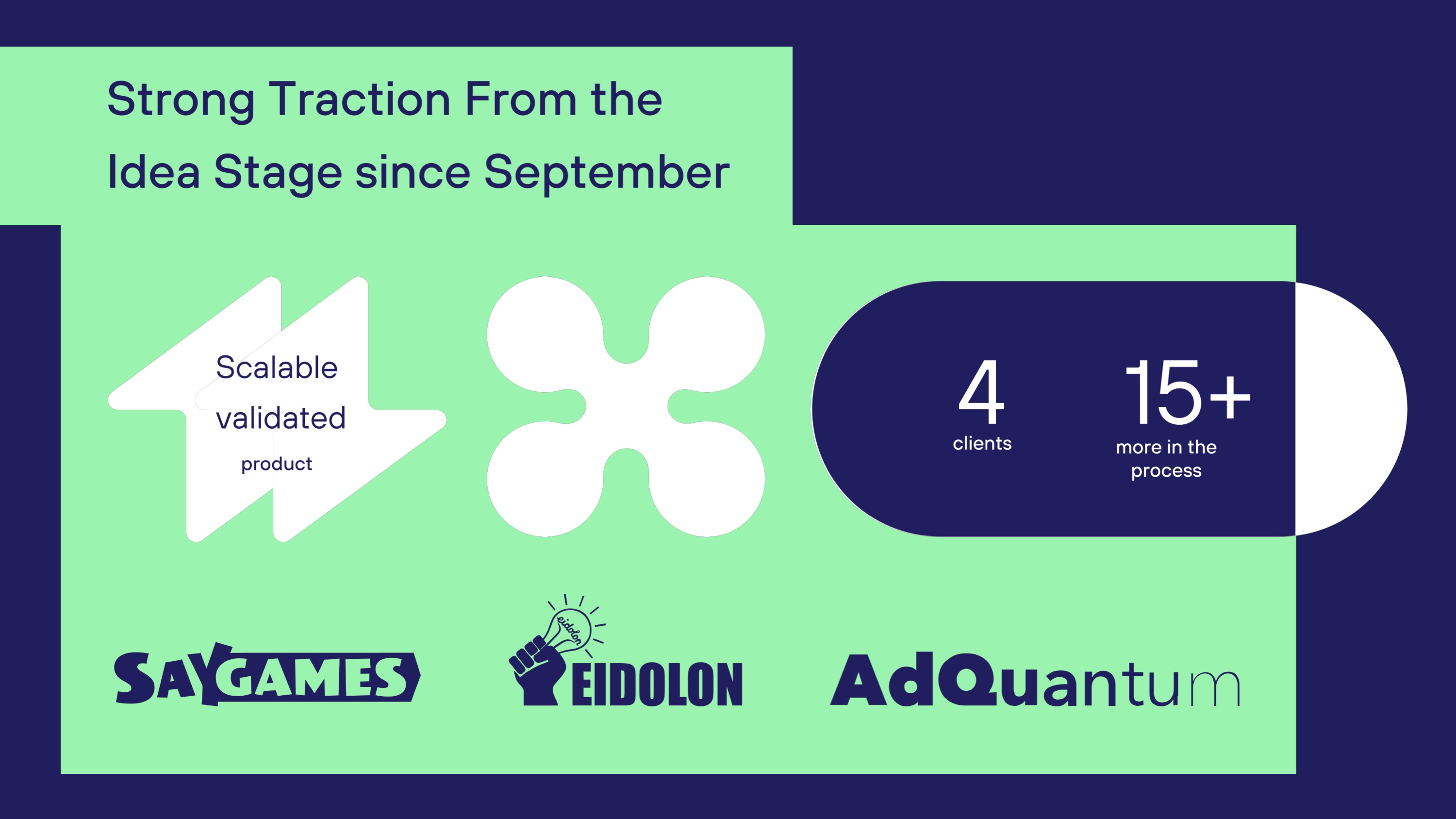
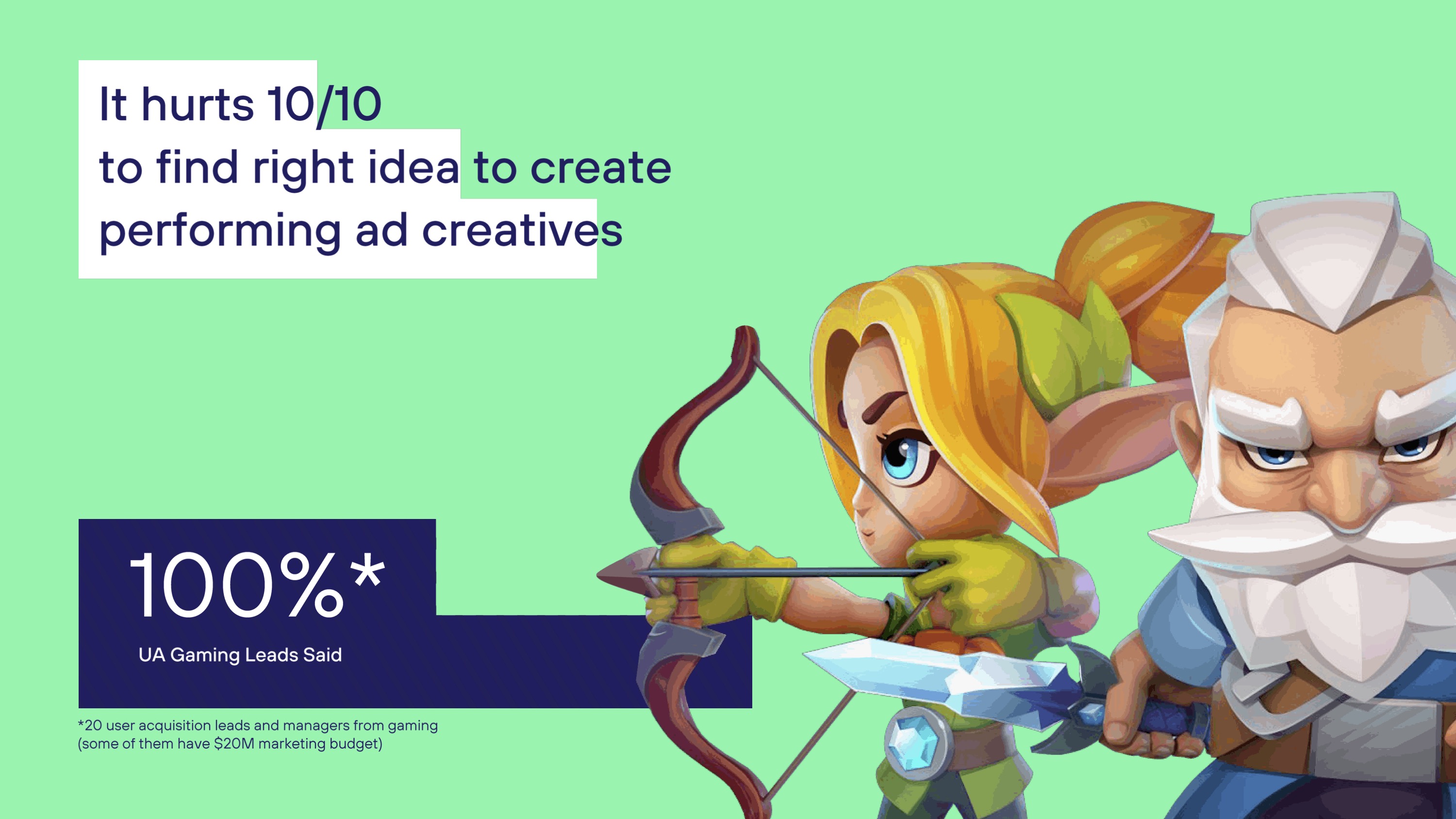
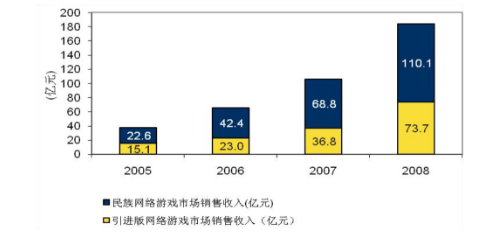
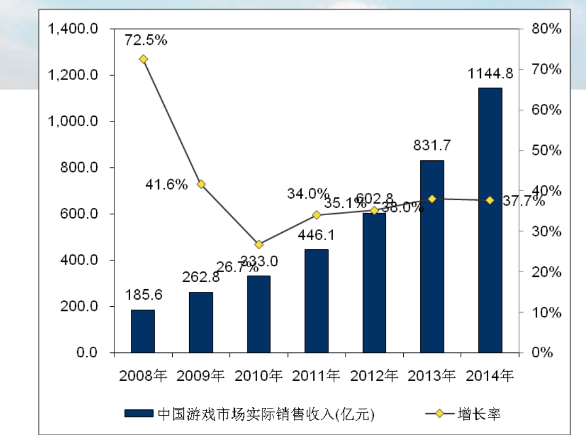
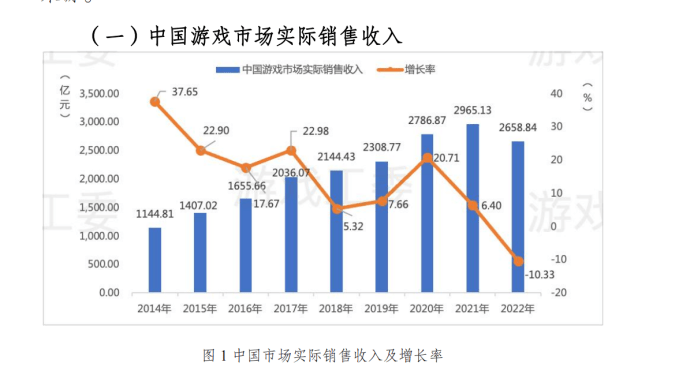






 ) and runs (super smooth
) and runs (super smooth ).
).